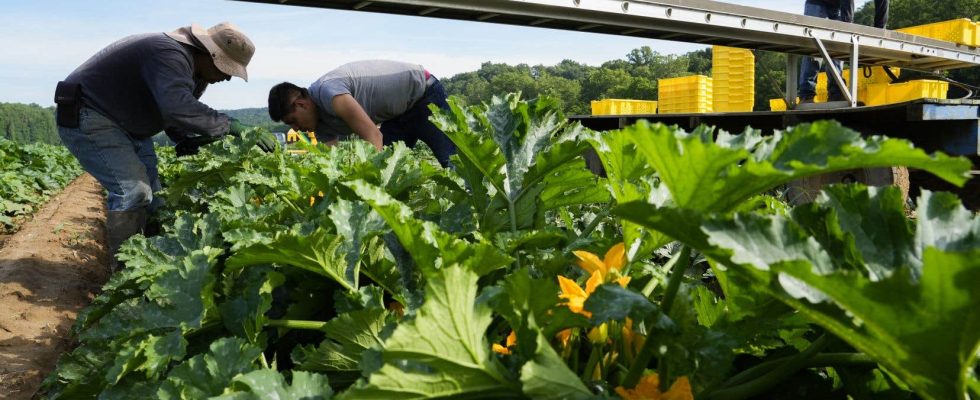A fringe of popular discourse likes to oppose the concept of economic growth to that of environmental protection. For the proponents of this discourse, it is as if each additional job that we create or each new business that opens signals the degradation of our environment. One should supposedly choose between a prosperous society or a healthy environment.
However, data on forest cover, to take just this example, show the opposite observation: economic growth has a green thumb. By observing the evolution of GDP per capita in 103 countries, we observe that for each 10% gain in average income, forest cover – the total area of a State covered by forests – increases by 0.02 percentage point . This may seem small, but it represents one-fifth of the average annual change (0.1 percentage point).
One reason for this reforestation is that the more productive we become, the more prosperous we become and the better we use the agricultural land that is available to us. According to data from the Food and Agriculture Organization of the United Nations, there was 125 million hectares less agricultural land in 2020 — the last year for which data was available — than there was. there were in 1998.
During the same period, however, food supply in kilocalories per person increased by 11%. Over the same period, the world population grew by 31%. So what that implies is that our food production is 45.6% higher than 22 years ago, despite using less land to get there.
This growth in agricultural productivity is quite an achievement, and it is directly attributable to innovation and new agri-food technologies. It also makes it possible to return certain less productive lands to the state of forests.
The Russian case
This is also a phenomenon that we have been able to observe accelerated with the fall of the Soviet Union. Researchers have looked at the evolution of forest cover in the former USSR and found a recovery of 10 million hectares of forest between 1985 and 2012, representing a growth of 4.7%. In some states, such as Moldova or Hungary, the forest area has increased by more than 25%!
In Russia, the increasing efficiency of agricultural production and the availability of food from around the world have led to the abandonment of 34% of cultivated land — once used for huge collective farms with little productive. Gradually, nature regains its rights over these lands which become forests again.
And as elsewhere in the world, the quantity of food available per person has nevertheless increased in Russia – by 16% since the fall of the Iron Curtain – despite a reduction in the cultivated area.
Once again, growth here does not rhyme with environmental degradation, quite the contrary.
There are two mistakes made by those who try to pit prosperity and growth against a healthy environment.
The first is that they generally assume that no value is attributed or attributable to having a healthy environment. The data not only shows the opposite, but the value assigned to it increases as disposable income increases. To push the example to the extreme, we understand that the protection of a forest is a very secondary issue for someone who is plagued by chronic famine.
The second is to believe that economic growth takes place with static production technologies. On the contrary, a growing economy generally grows because its productivity—what it manages to produce or accomplish with the resources available to it—is also growing.
These two factors result in an inverted “U”-shaped curve, known in economics as the environmental Kuznets curve — named after Simon Kuznets, Nobel laureate in economics.
Observing this curve implies that the environment deteriorates first as income increases, but only up to a point. Beyond this point, accelerating growth would benefit the environment. This relationship can be observed both on the issue of forest cover and on that of waste production, biodiversity or fisheries.
Like what a healthy economy is not in opposition to a healthy environment.
